Should I line my Planter with Plastic Sheeting?
unclegarage
10 years ago
Featured Answer
Comments (32)
oxboy555
10 years agocalistoga_al ca 15 usda 9
10 years agoRelated Professionals
Salisbury Landscape Architects & Landscape Designers · Dallas Landscape Contractors · Elkridge Landscape Contractors · Ellensburg Landscape Contractors · Gainesville Landscape Contractors · Mahwah Landscape Contractors · Saint John Landscape Contractors · Watertown Landscape Contractors · Aventura Fence Contractors · Brushy Creek Fence Contractors · Eastvale Fence Contractors · Monroe Fence Contractors · Silver Spring Fence Contractors · Tacoma Fence Contractors · Zachary Fence Contractorsnil13
10 years agooxboy555
10 years agochristine1950
10 years agonil13
10 years agoseysonn
10 years agounclegarage
10 years agorina_Ontario,Canada 5a
10 years agogreenman28 NorCal 7b/8a
10 years agorina_Ontario,Canada 5a
10 years agogreenman28 NorCal 7b/8a
10 years agohoovb zone 9 sunset 23
10 years agoBeach_bums
10 years agobluemyrtle45
9 years agoharringtonss
8 years agocakbu z9 CA
8 years agoharringtonss
8 years agorina_Ontario,Canada 5a
8 years agolast modified: 8 years agoharringtonss
8 years agorina_Ontario,Canada 5a
8 years agolast modified: 8 years agoharringtonss
8 years agoChristian España
7 years agogershen4
3 years agoRollingPlanter
3 years agolast modified: 3 years agomorpheuspa (6B/7A, E. PA)
3 years agoRollingPlanter
3 years agomorpheuspa (6B/7A, E. PA)
3 years agoRollingPlanter
3 years agolast modified: 3 years agomorpheuspa (6B/7A, E. PA)
3 years agoRollingPlanter
3 years ago
Related Stories
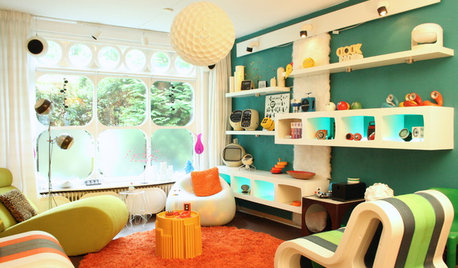
MY HOUZZMy Houzz: Plastic Is King in an Out-of-This-World Home
Packed with wild colors, vintage collectibles and all things plastic, this Netherlands rental boldly ventures into futuristic territory
Full Story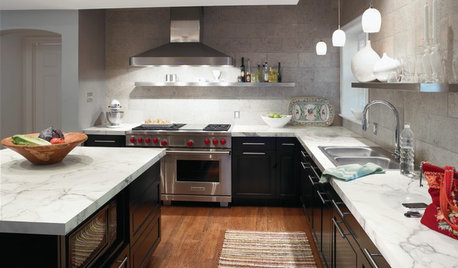
KITCHEN COUNTERTOPSKitchen Counters: Plastic Laminate Offers Options Aplenty
Whatever color or pattern your heart desires, this popular countertop material probably comes in it
Full Story
EXTERIORSWhere Front Yards Collide: Property Lines in Pictures
Some could be twins; others channel the Odd Couple. You may never look at property boundaries the same way again
Full Story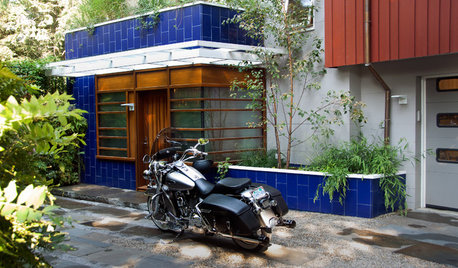
SAVING WATERStormwater Planters Manage Runoff in Small Gardens
Think of stormwater planters as container rain gardens
Full Story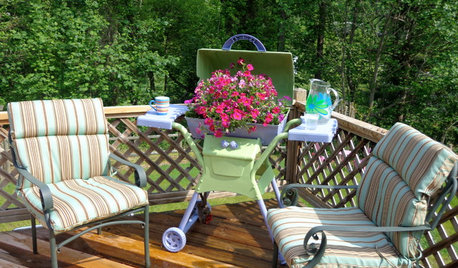
SALVAGEReinvent It: Make a Cheery Planter From an Old Eyesore
Don't ignore that yucky old grill growing rust in your yard — turn it into a lighthearted planter that's a joy to see
Full Story
FUN HOUZZEverything I Need to Know About Decorating I Learned from Downton Abbey
Mind your manors with these 10 decorating tips from the PBS series, returning on January 5
Full Story
FEEL-GOOD HOME12 Very Useful Things I've Learned From Designers
These simple ideas can make life at home more efficient and enjoyable
Full Story
GARDENING GUIDESGarden Myths to Debunk as You Dig This Fall and Rest Over Winter
Termites hate wood mulch, don’t amend soil for trees, avoid gravel in planters — and more nuggets of garden wisdom
Full Story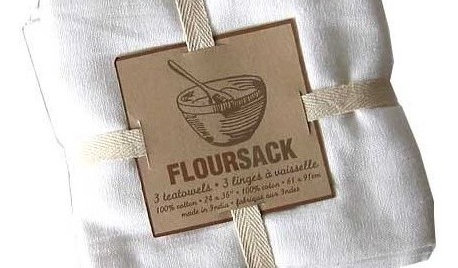
PRODUCT PICKSGuest Picks: Earth-Friendlier Finds for the Home
Reduce paper and plastic use the simple, stylish way with ecoconscious kitchen, laundry and bathroom items
Full Story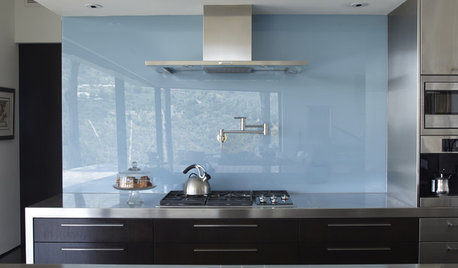
KITCHEN DESIGNThe Future of Backsplashes
Grout is out. Continuous sheets of glass, stone, metal and porcelain are saving cleaning time and offering more looks than ever
Full StoryMore Discussions







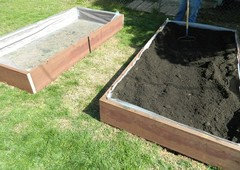


RollingPlanter